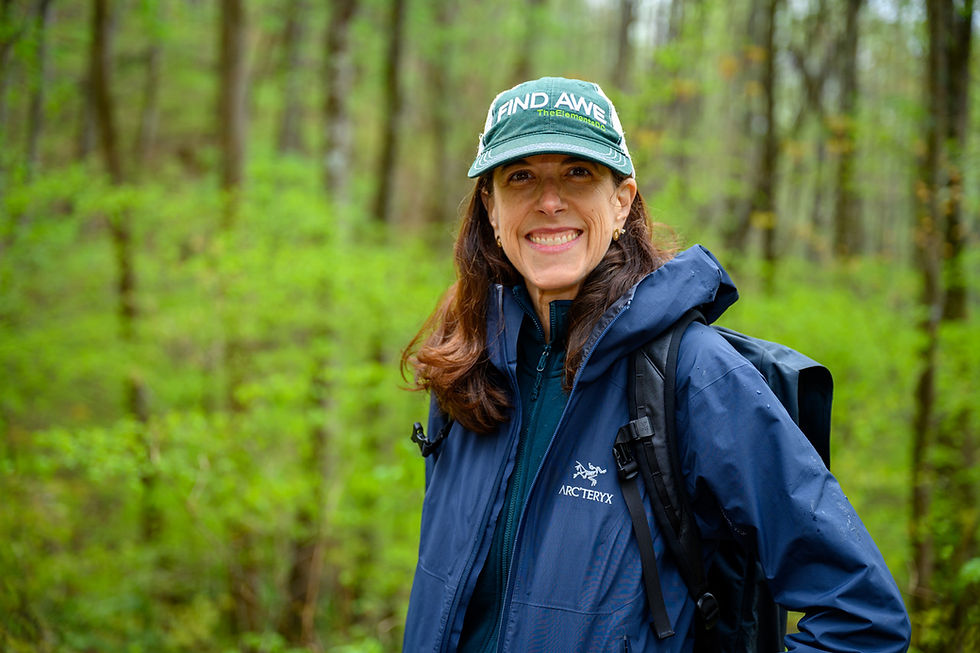What Green Can Do for Public Health
- hikingresearch
- Jan 2, 2013
- 2 min read
Public health issues that we currently grapple with such as diabetes, cardiovascular disease, cancer and other diseases require billions of dollars for treatment. Some of these issues are a result of an environment degraded by humans causing polluted air, exposure to heavy metals, and climate change.

Olympic National Park, Washington (USA) Photo by Mark Ellison
Recent research has also found that contact with the natural environment in a broader sense can also enhance health. Some of the health problems that we are experiencing may have roots in our disconnection from nature, a setting from which humans have evolved over the past five million years. Nature has been replaced with modern environments offering exposure to an array of artificial stimulation with little health benefit.
A growing body of research is revealing the benefits of time in nature that can have significant public health implications. A study by Yoshinori Oshtsuka from the College of Education at Hokkaido University in Japan found that time in nature is beneficial for reducing blood glucose levels for those with type II diabetes. Time spent walking in a forest resulted in a much larger reduction of glucose levels in comparison to similar amounts of time spent walking outdoors in an urban setting, using a treadmill or underwater exercise. In the study glucose levels were reduced 39% (71 mg/dl ) from time spent in nature, by far the largest impact of any of the exercise regimes. The author hypothesizes that the phytoncides (chemicals) emitted by trees are presumed to be the factor impacting the greater reduction in glucose levels.
Studies have also linked time in nature with increases in natural killer cells (NK) that help to strengthen immunity and aid in fighting off the development of tumors such as cancer. The phytoncides found in a forest setting help to increase NK cell activity. Research has found that a three day/ two night forest trip can increase NK cell activity for up to a month.
In many urban areas the health disparity between rich and poor residents is often stark. Research by Rich Mitchell, Ph.D., Professor of Health and Environment at the Institute for Health and Wellbeing at the University of Glasgow has identified a link between the presence of green space and population health. Mitchell found that urban communities with the most amount of green space had the least disparity in health between rich and poor. Communities with little nature had greater disparities in health, with poorer residents having a cardiovascular disease mortality rate more than twice that of the wealthiest.
Communities that value natural settings and make them available to all socioeconomic groups will reap the benefits of a healthier population. It should be a public health right to have access to high quality nearby nature regardless of socioeconomic status. An investment in preserving natural areas can pay huge dividends with a healthier population, which can also help build a more vibrant economy. Achieving this goal will require collaboration between public health, environmental health, parks & recreation, education, healthcare professionals and others. Working together a “green” public health movement can gain traction.








Comments